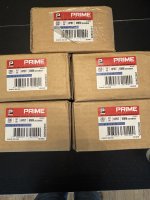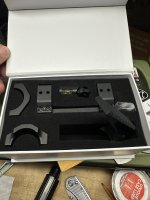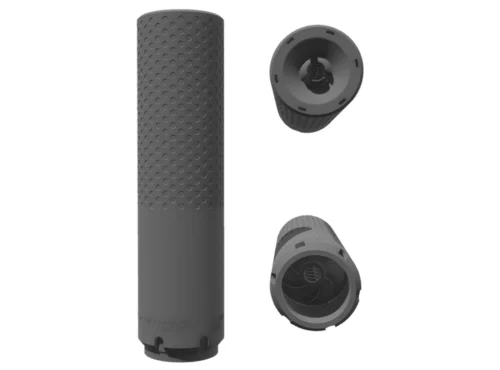It sounds like you have compared the March to the K540 as well. How would you say those two compare?
I’m bias but here’s what we have heard from shooters who now own March scopes that had Kahles, this is not my direct opinion alone but also supported by shooters who have engaged with both.
Glass - Is better in the March and mirage cutting is superior to the Kahles, generally most have said they think ZCO/Theta had better glass than the Kahles even, and they think the March is superior to them all. The March had been said to offer much better lighting characteristics around the edges of targets and has less wash out, I don’t know this to personally be true but the saturation on the Kahles glass is more than the natural tones of the March.
Turrets - Have been given feedback that the March turrets are better compared to the Kahles, some feedback on Kahles was the Windage felt tight in turning on some optics, the click spacing was also defined as too tight and the writable turrets were praised on the March. Click feel “these March turrets are Theta good” should sum it up.
Size - March does the 5-42 in a very tight package and some have indicated they appreciate that although some have said they didn’t care as much.
FOV - let’s face it both these scopes absolutely destroy the competition in this category. The FOV On the 540 is more than that of the March (@25x 20.0mil on 540 versus 18.6 on March). However with increased FOV you do give up some eyebox, some have indicated the eyebox on the 540 was tighter than they liked, although both the March and 540 will have tighter eyeboxs than traditional optic offerings but offer significant FOV advantages.
Parallax - I think both optics will do fine but the edge has been inducted to go to the March.
Price - very much alligned






:max_bytes(150000):strip_icc():focal(718x131:720x133):format(webp)/jessica-lawson-111723-def402775bac431b878c191f61604170.jpg)
:max_bytes(150000):strip_icc():focal(718x131:720x133)/jessica-lawson-111723-def402775bac431b878c191f61604170.jpg)



